What is my qualification? We have a software company that sold WordPress themes worth more than $1 million and created websites worth more $0.5 million for our clients. I will be brutally honest and share our internal company know-how with you. Other developers won’t tell you this, because they would dig their own grave by doing it. 90% of WordPress themes won’t meet the important requirements below. So if you want to save your time and hundreds of dollars when finding the right theme, continue reading.
What is your goal when selecting a WordPress theme?
If your immediate answer is “beautiful website”, congratulations, you are at the right place. Your priorities are not set right and choosing poorly can be devastating for your website. In fact, you want a website, that:
- Will work reliably for at least 3 years
- you can’t afford to re-do your website every 6 months
- Can be updated smoothly
- you can’t afford to have your website crash with every update
- Can be easily changed in the future
- you can’t afford to switch to a new theme because your old one is not flexible enough to make any change you will want down the road
- Is fast and SEO optimised
- you can’t afford losing customers because of slow website and bad SEO
- Will work for your niche
- you can’t afford being overrun by your competition with better system
- Built on intuitive and well documented system
- you can’t afford spending tens of hours learning the WP system
- Backed up by great support
- you can’t afford to close your business for 3 days because of not getting an answer in a timely manner
Summarized in one sentence: You need a high quality WordPress theme, that will be further developed and maintained, and have a fast customer support service.
You need to concentrate on your business, not on hustling with non-working website every other week! Not only this is stressful and frustrating, it’s also time consuming and damages your competitive edge!
What are your requirements for a WordPress theme?
In general, requirements will change with every project. Every website is unique. Here are some basic questions you need to ask yourself before buying the right theme.
General vs. niche website
Niche websites are:
- Real estate portal
- Directory portal (jobs, restaurants, etc)
- Car rental website
- etc.
These need special functionality, such as property management at real estate portal. On the other hand, general websites are these:
- Coffee shop
- Doctor
- Hairdresser
- Architectural studio
- Blog
- Etc.
Be careful – if you cannot distinguish between general and niche website then I would recommend you saving your time and just hiring a professional developer.
Do I need to sell goods?
If you need to sell goods, then you will need WooCommerce. It is absolutely necessary for the WordPress theme you will be buying to be compatible with the latest version of WooCommerce plugin and to make it clear in their product description.
If you sell digital goods, you can use WooCommerce and / or Easy Digital Downloads (EDD) as well. It’s still true, that the theme needs to explicitly state EDD support in their description.
Do I need to have multilingual versions?
It is necessary to count with a multilingual website right from the beginning. The most common plug-in is WPML and the WordPress theme must explicitly mention it’s compatibility otherwise they will not work together.
What plugins do I need?
Watch out here! I highly recommend finding out what plugins you need at first. Then before you purchase the theme, ask the developer of the WordPress theme if these plugins are supported. Or simply buy a theme from someone who guarantees a no-questions-asked refund and test it first before doing any other work. This will avoid you being locked out, when you create 70% of the website, and at the end you will find that your WP Theme does not support some critical plugin that is necessary to finish the website.
17 criteria that every WordPress theme must meet
After 8 years on the market, one can spot the vast majority of strong and weak spots of WordPress themes. On the other hand, you, as a regular user, never step into a complete underground like me. So let me share my experience with you:
1. Money Back guarantee
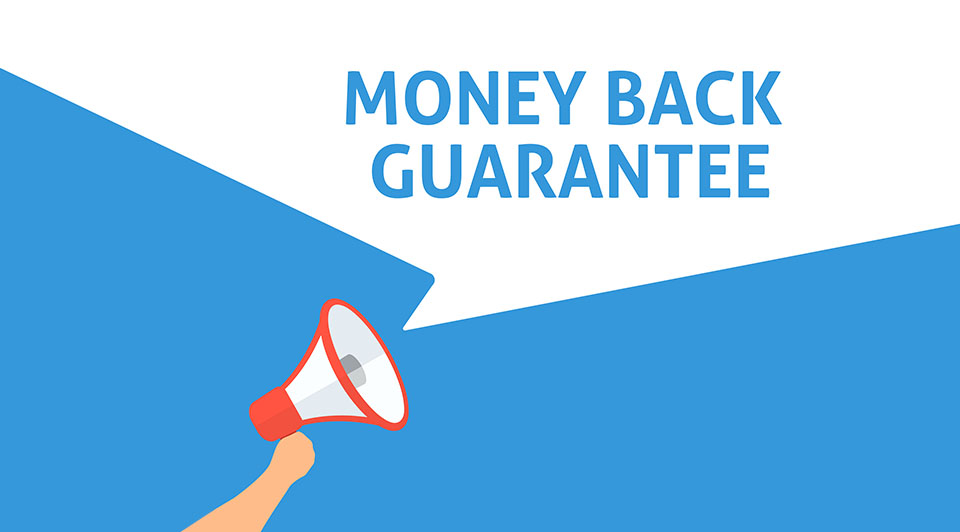
 The most important thing. You never know beforehand, if you like the workflow of the theme and whether it supports all the plugins you need. Most of the themes are not a piece of art internally (to be honest, most of them are piece of crap). Often, the WP theme is inappropriate for some reason, and you end up buying another one and losing money. In that case, you want your money back from your first purchase and it’s perfectly normal! If the seller does not offer something like “30 days money back guarantee – no questions asked” in their product description, then you can easily end up throwing bunch of dollars out of the window, as you can see on the picture at the right side.
The most important thing. You never know beforehand, if you like the workflow of the theme and whether it supports all the plugins you need. Most of the themes are not a piece of art internally (to be honest, most of them are piece of crap). Often, the WP theme is inappropriate for some reason, and you end up buying another one and losing money. In that case, you want your money back from your first purchase and it’s perfectly normal! If the seller does not offer something like “30 days money back guarantee – no questions asked” in their product description, then you can easily end up throwing bunch of dollars out of the window, as you can see on the picture at the right side.
Checklist
- Does the seller offer “Money Back Guarantee”?
- How does the author approach the refund process? Is it without questions?
2. Excellent user reviews and ratings

The only objective theme shop with user reviews is currently ThemeForest, because it does not allow authors to edit/tamper the reviews. Achieving consistently best ratings with WordPress theme requires not only a top-notch product but also excellent user support.
If you have selected a WordPress theme, then it’s a good idea to read it’s reviews. Focus mainly on how the author responds to bad reviews and what the good reviews highlight. If the good reviews contain a written review then that’s a good sign. In general, the longer the comment, the better the item. Because the buyer cares about the product so much he is willing to take his free time to write a long and passionate review. If the author does not respond to a bad rating with a believable explanation then that is definitely a warning sign.
It is also important to distinguish the objectivity and the verbal value of reviews. Sometimes 1 star reviews are awarded only because the buyer is highly incompetent – you can usually tell by their lack of ability to form a readable sentence, they usually just slur something out and it’s not pretty – don’t take these too seriously.
I would recommend you to buy only WordPress themes with an average rating of 4.8 or more. This usually means that there will be a minimum amount of problems. And I say minimum because no theme is perfect. If you get one above 4.8 you will be most likely able to resolve any problems with their support team. Anything below 4.6 is most probably a suicide (if it’s based on at least 20 reviews to guarantee some objectivity).
Checklist
- Is overall rating 4.8+ (on ThemeForest)?
- What do the bad reviews mention?
- Are the bad reviews answered by author? How?
- What features are highlighted in the good reviews? Are these features important to you?
3. Theme has been on the market for more than 3 months
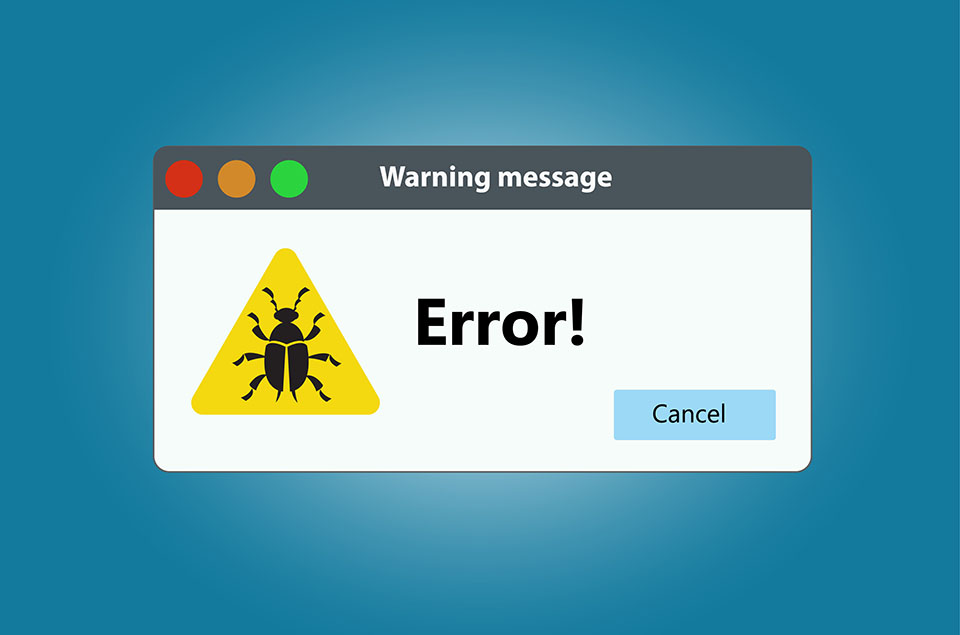
WordPress themes are software like any other. If it is not properly written and tested, it is full of fatal errors. At least the first few versions. And except us, we do not know about anyone else, who is testing on regular basis in different environments, OS platforms, browsers and on different hostings. This means totally unpredictable behavior and lots of difficult to understand bugs. This leads to a huge frustration. Buying a WordPress theme that is younger than 3 months is a total suicide if you want your project to be finished in that timeframe. The process of creating a website will be ridden with bugs and you will often lose your work and time. Optimal age of WordPress theme is 6 months or more. Otherwise you will be a “tester” of the theme and what is worse, you are paying for this “privilege”. If you do mind, make sure to find out how old the theme is.
Checklist
- Is theme older than 3 months?
- Is theme older than 6 months?
- Is there often a word “bug” in comments or reviews?
4. Theme developer has been on the market for more than 3 years

The development process of WordPress theme is not structured and well described as in case of web applications. You do not have countless of good frameworks available as well. WordPress itself is quite complicated and poorly written because they tried to make a CMS on top of a simple blogging system. So if you develop WordPress themes, you need have a deep know-how to solve many underlying WordPress problems.
This know-how cannot be read from books (they don’t exist!) or tutorials (they are too basic). It cannot be taught, you have to go through it – by trial and error. The longer the author is on the market, the more issues he had to tackle and the better his gained know-how is. After 3 years of advanced WordPress development, I was able to say about myself that I understand the basic systems. And after 7 years in the game, I can tell that I know WordPress development pretty well.
Therefore buying anything from authors younger than 3 years is a suicide. It will mean that the theme is poorly written, a lot of things will be solved badly, the theme will be full of limitations, and generally the user experience will be poor. It will result in frustration and unhappiness with your chosen theme.
Checklist
- Has the author of the WP theme been on the market for at least 3 years?
- Is the theme not his first product, but rather one of his newer products?
5. Theme is selling more than 1,000 licenses per year
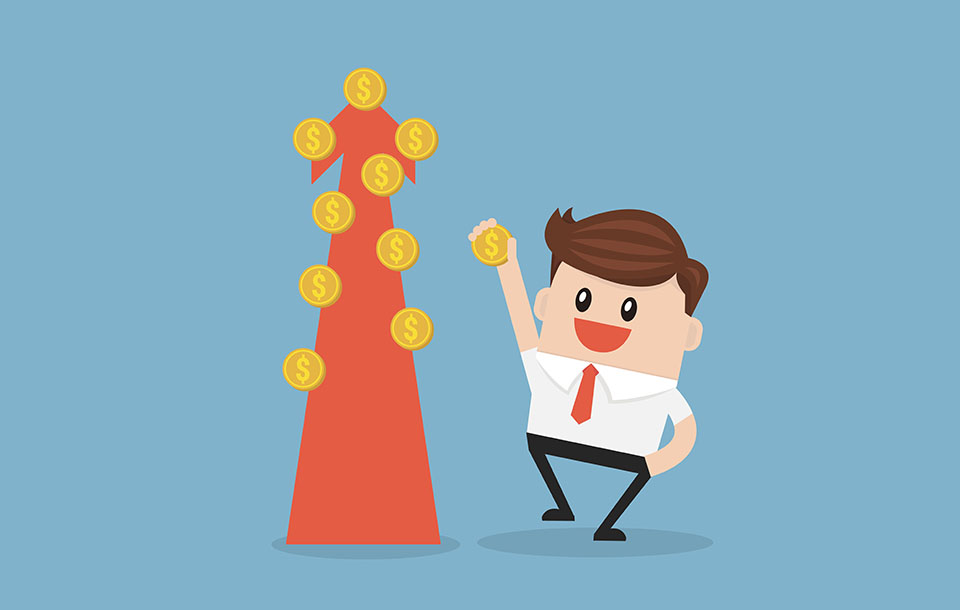
If you are buying on ThemeForest, you can see the number of licenses sold on every theme in the sidebar. Generally, you want to buy a theme that is being sold enough. Nobody works for free. By selling the theme well enough, it provides the author with sufficient financial resources to update the theme and keep everyone’s website going for years to come. Thousand sales annually means roughly $20,000 – $50,000 of income for the WordPress theme. Remember that this income has to pay for the initial development (for example we have put more than 10,000 man hours into our Ark theme), maintenance, new features, support, advertising and also bring some reasonable financial profit as well to sustain growth. If you are not from USA, UK or any other high HDP country then this amount of money can be enough to afford all that. For example we are from Czech Republic (Europe) where median annual wage is approximately $9,000 so we can easily afford everything that is needed.
Checklist
- Is the theme selling more than 1,000 licenses per year?
6. Is the WordPress theme further developed and updated?
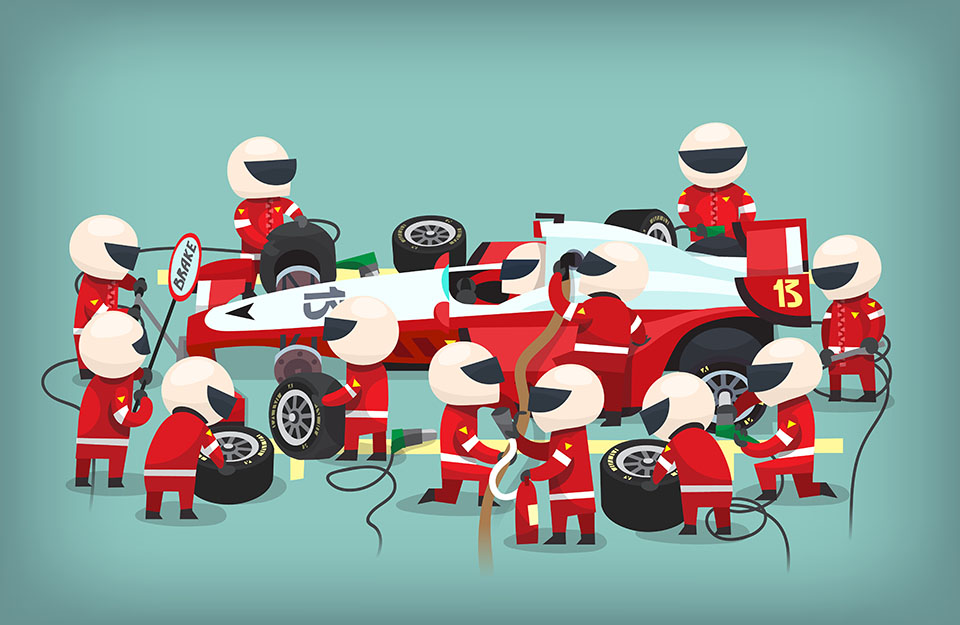
You want the site to last for 3 years and possibly even more, do you remember? So this is where the decision is made. Every now and then, a new version of WordPress, WooCommerce and other plugins is released. The author must respond to this situation and issue updates guaranteeing compatibility. If he is not doing it, then the WP theme will crash under your hands during the next update of the plugins or WordPress core. And you have no other choice than hiring an expensive developer who will fix your website or even make a new one.
As far as the frequency of updates is concerned, the minimum should be at least one update in 2 to 3 months. This is a signal, that the authors are maintaining the theme. Although it depends on the quality of their code and if they are adding new features. If it is a tiny blogging theme without any features and plugin dependencies, and new content is being add to it regularly then there isn’t much to maintain – maybe just ensuring it works on new WordPress versions.
For example we are releasing new versions of Ark theme every 7 – 12 days. New functions and pre-made websites (demos) are added regularly. Usually there will be a public changelog that contains information about what all updates which you can review.
If you can, look for a future “roadmap”, where author claims what the next updates will contain. This is a strong sign, that this WordPress theme will be maintained in the future and that it has a strong direction/momentum.
Checklist
- Is theme updated at least once per 2-3 months?
- Is theme updated more often?
- Is new functionality/content added on a regular basis?
- Is there a changelog?
- Is there a roadmap?
7. Does the developer provide good answers publicly?

It can be very insightful to go through the latest user comments (on ThemeForest) or official Facebook pages of the WordPress theme if they have one (also a good sign, it creates a community of like-minded users). If you see that all questions are answered within 24 hours then everything is fine. If it’s just a mess of unanswered queries then hands off! This means that if you need help, you will not be getting it and the theme is probably no longer supported by the author.
Checklist
- Is the theme developer answering within 24 hours in public?
- Are there any negative comments about the theme? Do you see any pattern?
8. Does the developer provide good post-sale support?

You will discover this after the purchase, when you will need help. That’s why I strongly emphasized the first point – the Money Back Guarantee. If the answer time is consistently longer than 24 hours (excluding weekends) then you have a problem. Usually you need to exchange around 3 e-mails with support before you get to the solution, which means your problem will probably not have a solution in under 3 days. Depending on how far are you with the project, I would also recommend to consider returning the theme and switching to a different one with better support.
If the author responds within 24 hours, it’s great. For example – with our Ark theme, we try to respond almost constantly during the work hours and even check before bedtime if someone does not need any critical help.
Furthermore, it is also important that the author answers should be straight to the point. Not some foggy, useless answers. This is a typical problem if the support is being outsourced (usually to India) where the support team is not in the office together with the developers. But if the developers share the same Indian office with the support team then it’s obviously not an issue. Outsourced support will result in you losing time, because support team on the other side of the globe from the developer doesn’t know much about the nuanced technical problems and they need to ask the developer which is very time consuming if they don’t share the same office.
If you already purchased the theme and the support seems highly incompetent or too slow, do not be afraid to give a bad rating. For other potential buyers it will signal “hands off!”.
Checklist
- Is the theme developer answering within 24 hours in private?
- Are the answers good and to the point?
- Does the support team share an actual office with the development team?
9. System requirements

Check your WordPress theme requirements beforehand. Focus on the minimum version of PHP and the PHP memory limit. For example and at the time of writing this, our Ark works from PHP 5.4+ and needs at least 64MB of PHP memory. Optimally 128MB. If the theme itself needs more than 128MB memory, it is not well written. 256MB is a maximum you should tolerate. If you need more, you better change the WordPress theme because it will be a performance hog.
Checklist
- What PHP version does the theme require?
- How many PHP memory does the theme require? It is 128MB or less?
10. Theme is not built on top of a 3rd party framework/system/plugin/tool
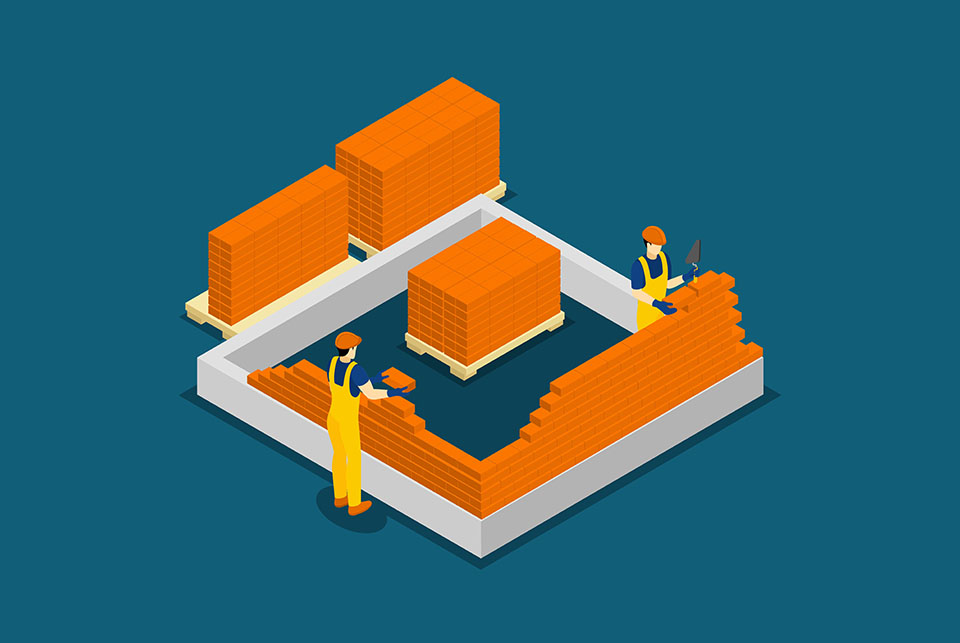
Nowadays, there are plenty of open source frameworks like redux, underscore, and so on. Maybe you will not agree with me, but most of these framework are obsolete. Developers use them only to finish a WordPress theme faster. Or because they do not understand things enough to create them themselves (they should!). This leads to author being able to produce more themes in the same amount of time. This logically affects the resulting product quality. The author is therefore oriented towards quantity because he simply does not know how to produce quality items.
Buying a lower-quality product is just the first problem. The second is the dependency of the theme author on the developer of the third party framework/system/plugin/tool. Especially when the 3rd party code is free, the 3rd party developer logically has no strong motivation to work on it. It often happens that the 3rd party developer will eventually abandon his work. So the theme developer has no other options than to follow suit and abandon the theme, because the 3rd party code is no longer developed or updated. This is in strong contradiction with our initial requirement to create a website that will work for at least 3 years.
Or there is a critical error and it takes a long time to repair the framework by the 3rd party developer (especially when it’s free). Or if a new WordPress update breaks the said 3rd party code, it will take them a long time to repair it as well. The problem is that the author of the theme is now entirely dependent on the 3rd party developers which means the destiny of your website is in hands of someone who did not get any money from you so there is zero motivation to do something about it. Even if the theme author wants to fix a potential problem in an underlying 3rd party base, he cannot do that because he simply does not know how. Not to mention it would diverge the codebase of the 3rd party project which is a developer nightmare on it’s own.
Exceptions from this rule are of course plugins that are not underlying but rather only enhancing the experience such as slider plugins – these are not considered as a foundation and you can easily replace a non-functional slider plugin with a different one at any time because the actual theme is not built upon it unlike with many other 3rd party systems/frameworks/plugins/tools.
Checklist
- There are no underlying 3rd party systems/frameworks/plugins/tools that are not being developed directly by the same theme developer
11. Basic functionality is integrated in the theme itself, not in plugins

Almost every website needs:
- Contact form so people can connect with you
- Map to show where you have a business
- Gallery to show a set of photos (your business place?)
- Basic sliders to show offers and other info
- Pricing Tables in order to present the price
- Ability to write easily custom CSS and JS codes
- Migration from one domain (demo) to the other (production)
This is the 7 basic features you need without exception on every website. Some WordPress developers might argue with me, that “extra functionality should always be in plugin”. The last thing you want is to install additional 7 plugins on every new website just to get the basic feature set. Not to mention theme developers will be lazy and just use 3rd plugins for all these things which will lead to an eventual disaster, compatibility-wise. Even keeping all those plugins up-to-date and praying so that they do not put down your site with each update. This is only allowed if the theme developer is also directly the developer of these plugins, then you can rest assured that it will all work down the road – just like with the requirement number 10 above.
Checklist
- Ability to create Contact Form without using 3rd party plugin
- Ability to create Google maps without using 3rd party plugin
- Ability to create Galleries without using 3rd party plugin
- Ability to create Basic sliders/carousels without using 3rd party plugin
- Ability to create Pricing Tables without using 3rd party plugin
- Ability to write custom CSS and JS codes without using 3rd party plugin
- Migration tool is available without using 3rd party plugin
12. Theme header supports any logo size
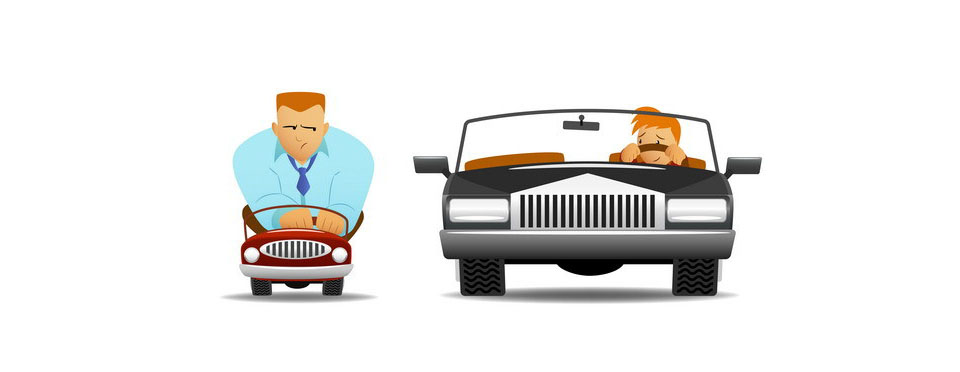
This is a major problem in which many WordPress themes fail completely. Every company has a logo of different size. You need a theme where you will be able to set these dimensions to your liking. You would be surprised by how many themes do not offer this – based on my experience, over 50% of themes do not allow this! They have only one size for a logo and that’s it. Your logo will always look fuzzy and/or distorted. It will often be too small, too big, too wide or too narrow. Or it will completely break the spacing in the header leaving you with unusable website. So if you are not sure, always ask the author about this.
Checklist
- You can set any width and height of your logo in header
13. SEO

This definitely means a good score for GTMetrix and Pingdom Tools, both should be 85% or more. Also intelligent placement of H1-H6 tags and HTTPS (SSL) support. The theme should also be compatible with major caching plugins (WP Super Cache and others) and also with some SEO plugin, preferably YOAST Seo.
Checklist
- 85% or higher Pingdom and GTMetrix score
- Intelligent placement of H1-H6 tags
- HTTPS (SSL) support
- Cache plugin support (WP Super Cache, …)
- CDN Support
- SEO Plugin support (YOAST Seo)
14. Responsiveness

More than 50% of traffic comes to your webpages from your mobile phone. Therefore the theme must be responsive, otherwise you will scare away your mobile visitors and lose a fairly large market share. But be careful, everything responsive does not automatically mean good. It often happens that everything looks good on the desktop and the web is responsive but ugly on mobile phones. Fonts are too thick, headings are on the left rather than centered, etc. Ideally, the theme should allow these basic styles to be set differently for each breakpoint. But beware! Even today, years after the “responsive revolution”, perhaps only 5% of WordPress themes on the market today has these features built-in.
Checklist
- Responsive design
- Every style (font size, text align, etc.) can be set differently for phones and tablets
15. Price is between $30 – $200
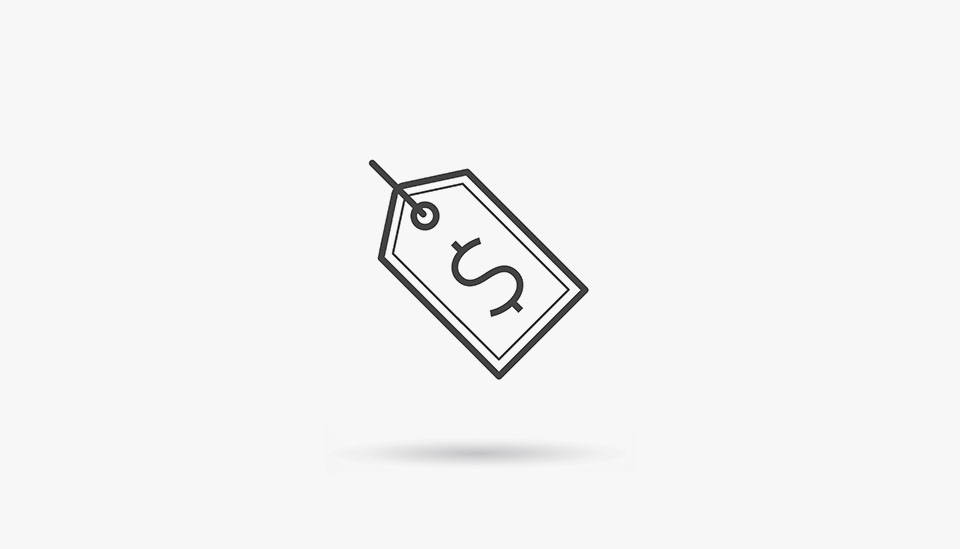
I believe the price is the last thing you should be interested in. You must realize that you will probably be working on your web site for 10 to 50 hours. The time of developing a high quality WordPress theme is in thousands of business hours, so it’s a great purchase for you. The template price varies from $10 to $300 and often has absolutely no telling value about the quality of the product (unlike real, tangible products such as a piece of furniture). Nevertheless, I would recommend you to move between $30 – $200. Anything outside this range is already a great extreme. Either you pay too little for a poor quality product, or you pay for something that you could buy elsewhere cheaper. Keep in mind that, apart from the extremes, the price does not usually correlate with quality.
Checklist
- Price is between $30 – $200
16. Demo Sites

Nowadays, lots of WordPress themes are overtaken with how much you can install demo sites. But it’s not as valuable as you think. Installing demo means using only one specific site. Often, however, you’d rather put the content out of different parts of different demos. Innovative templates come with tools to do it. For example, we in Arc have a “Section Library” that gives you access to hundreds of sections from our all demos.
Checklist
- At least 5+ demos
- You can pick content across different demos. Section Block Library is good example
17. Design

Finally at this moment comes the WordPress theme design. It is a very subjective matter. Additionally, once all of the previous criteria have been met, you can be sure, that the WordPress theme you want to buy has a nice design. Therefore, you cannot be wrong with your choice. But choose a design that will look nice even in 3 years.
Checklist
- I like the design
- I think it will look nice after 3 years
Summary
I revealed what’s important when buying WordPress Theme. The wordpress theme must be selling nicely so that the author has the resources to potentially maintain it. You have to make sure that it actually is maintained. If you have a problem, you will need a support team that always responds within 24 hours. The theme has to be greatly rated, it is a prerequisite for great workflow. The author must be on the market for several years to have enough experience. And last but not least, you must like the template.
To make it easier and more clear for you, I created excel file, which works like checklist. You can fill it with the themes you like and make it easier for you to decide. If you are interested, give me your email and I will send it to you.


